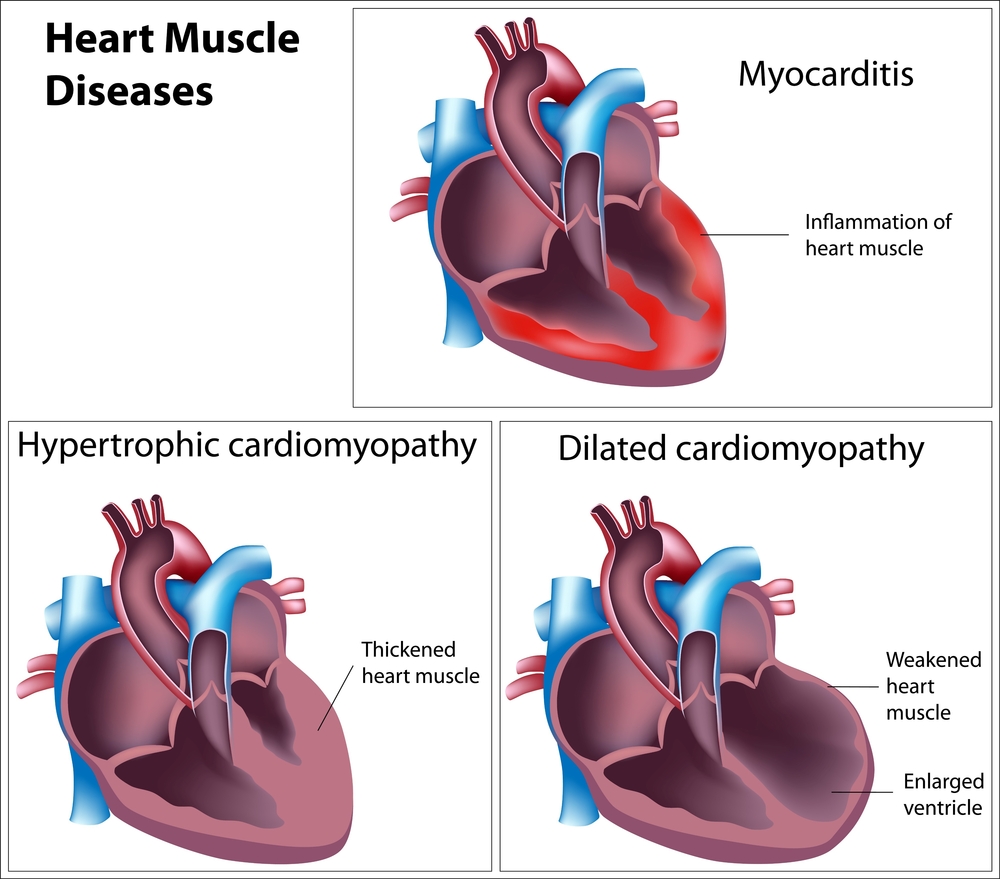Deferiprone Effective At Treating Friedreich’s Ataxia-Induced Cardiac Disease

In a new study entitled “Efficient attenuation of Friedreich’s ataxia (FRDA) cardiomyopathy by modulation of iron homeostasis-human induced pluripotent stem cell (hiPSC) as a drug screening platform for FRDA,” researchers suggest that the chemical compound deferiprone, a mitochondrial permeable iron chelator, is an effective drug to treat Friedreich’s ataxia-mediated cardiomyopathy by reducing oxidative stress and modulating iron homeostasis. The study was published in the International Journal of Cardiology.
Friedreich’s ataxia (FRDA) is a neurodegenerative disorder and the most frequent hereditary ataxia disorder observed in the clinics. While characterized by impaired muscle coordination (ataxia) that worsens over time, the majority of FRDA patients die prematurely as a consequence of heart disease, specifically cardiomyopathy, a cardiac muscle disease that can lead to heart failure.
FRDA is caused by abnormalities (mutations) in the FXN gene, which encodes for the mitochondrial protein frataxin, thought to play a key role in mitochondria’s iron metabolism. In fact, iron-overload cardiomyopathy is one of the leading causes of heart failure in FRDA patients, due to iron’s induction of oxidative damage (by increasing the synthesis of reactive oxygen species, ROS) leading to cardiac muscle cells’ (or cardiomyocytes) death and altered cellular metabolism. In a previous study, the team reported that human induced pluripotent stem cells (hiPSCs) derived cardiomyocytes generated from patients with FRDA was a good model to study the response of cardiac muscle cells to impaired iron homeostasis and mitochondrial damages. In this study, the team hypothesized that a new treatment for FRDA could be achieved by specifically modulating iron homeostasis.
Using their pre-established hiPSC-cardiomyocyte based FRDA model, researchers investigated the efficacy of two compounds currently in clinical trials – idebenone (IDE), an antioxidant coenzyme Q10 analog (a natural antioxidant produced by our body that stimulates the heart muscles) and deferiprone (DFP), an iron chelator.
The DFP iron chelator significantly reduced the rate of intracellular accumulation of iron and suppressed synthesis of the damaging reactive oxygen species (ROS) more efficiently when compared to IDE. Moreover, DFP also reduced iron induced mitochondrial stress.
These data support the hypothesis that DFP modulates iron homeostasis in FRDA-hiPSC-cardiomyocytes, and can become a more efficient drug to treat FRDA-mediated cardiomyopathy by reducing ROS burden when compared to IDE.






